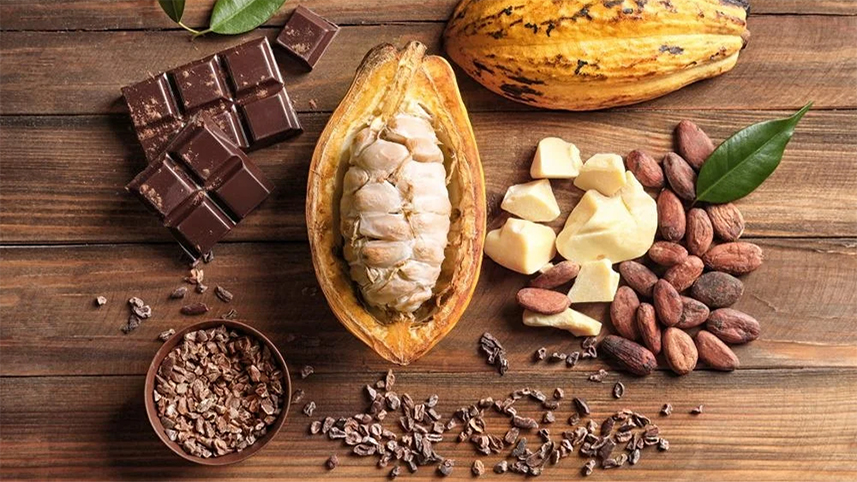
I take stock of the situation in Forex
10 April 2022
A lesson learned from the markets
27 April 2022The greatest stimulus to publish analyses comes from you who write to me by e-mail. In this respect, I am lazy and do not publish many articles, especially in this period when I have a lot of work to do. This time it is Fabio's turn with one of the spreads in my book "Best seasonal spreads for 2022/2023" and exactly ZSU22-2*ZSX22+ZSF23 (number ZS5).
The spread has a bearish seasonality (so the spread is to be sold) which runs from mid-April-mid-May until June and I start my analysis just from this by showing you the Seasonality by month chart from SpreadCharts.
You can see that May has been bearish in all of the last 5 years, in 13 of the last 15 and in 24 of the last 30. So, despite everything that has happened lately, including Covid and speculation in many commodities well before the war in Ukraine, the multi-leg spread has always confirmed its bearish seasonality. This confirms how multi-leg spreads are more reliable than two-leg spreads.
Although there is no need for it at this point, I show you the spread chart together with the 5-, 15- and 30-year seasonal patterns.
Highlighted in red is the bearish seasonal window of the spread. To complete this aspect, I now show you the Seasonality stacked chart.
The chart shows that the current price of the spread is high compared to the last 9 years but even more interesting is that in June in all the previous 7 years the spread was below $10 (current price $49) and in the other 2 years (2013 and 1014) it was below or in line with the current price.
From seasonality, I move on to the term structure, showing you the chart immediately. In blue is the current term structure, in red is the 5-year average and in green is the 15-year average.
Multi-leg spreads can compensate for counter-seasonal timing and exploit not only price anomalies, but also those within the term structures, further reducing the risk of two-leg spreads.
The soybean harvest takes place between September and October, and on the term structure, the September delivery is priced lower than the August and sometimes even July delivery. This is due to the lack of raw material before the arrival of the new crop.
From the chart above, you can see that the November backwardation is also strong, and generally, at this point in the year, it is at the same price level as September. So, the selling of the ZSU22-2*ZSX22+ZSF23 spread is aimed precisely at exploiting this anomaly in the term structure.
The last chart I show you is the Cot chart with the soybean chart below it.
Hedge funds are still well-positioned on the upside with the net position still above 150K even though the recent new highs for the year in soybean prices are not accompanied by a simultaneous increase in the net position. This could mean that the bullish trend is no longer so strong. However, this "divergence" could also continue for weeks or months.
Therefore, I will wait for Speculators to return below 140K before opening the trade.
On soybean fundamentals, the scene is all about the war in Ukraine. Ukraine and Russia are both known as two major grains suppliers. However, with the ongoing war and the closure to exports out of the region, soybean prices have also risen and not everyone sees the connection fully, as neither country produces significant quantities of oilseeds, especially when compared to soybean giants such as Argentina, Brazil and the US.
However, Ukraine accounts for half of all world trade in sunflower oil and Russia accounts for almost 30%. Sunflower oil accounts for about 15% of world trade among the main vegetable oils (soybean, sunflower, palm, rapeseed). The export ban has led buyers to look for alternatives such as soybean oil and palm oil (the latter has recently experienced export problems).
You must now consider that almost 90% of the soybean seeds produced on the planet are eventually crushed, producing both oil and flour. Although flour is the most important derivative, oil is widely used for cooking but is also a major raw material in biofuels.
Another aspect is the lockdowns in China that have caused imports to collapse.
You can see that there has never been such a large gap between commodity prices and Chinese exports in recent decades, although prices continue to remain at highs for the time being.
In conclusion, the ZSU22-2*ZSX22+ZSF23 spread is very attractive, and certainly less risky than a simple two-leg spread. However, as you have seen, there are several considerations to make and aspects to keep an eye on. From the Cot, you have seen that the net position of hedge funds is still high, albeit slightly down, and that the war in Ukraine is keeping the prices of many commodities high, even though volatility has increased on some of them.
The greatest stimulus to publish analyses comes from you who write to me. This time it is Fabio’s turn with one of the spreads in my book “Best seasonal spreads for 2022/2023”: ZSU22-2*ZSX22+ZSF23
I am a macroeconomic and financial analyst with over 30 years’ experience, including two years as a fund manager. I specialise in currencies and commodities, and I am the author of several successful books on trading, macroeconomics, and financial markets.














1 Comment
thanks David , extremely useful